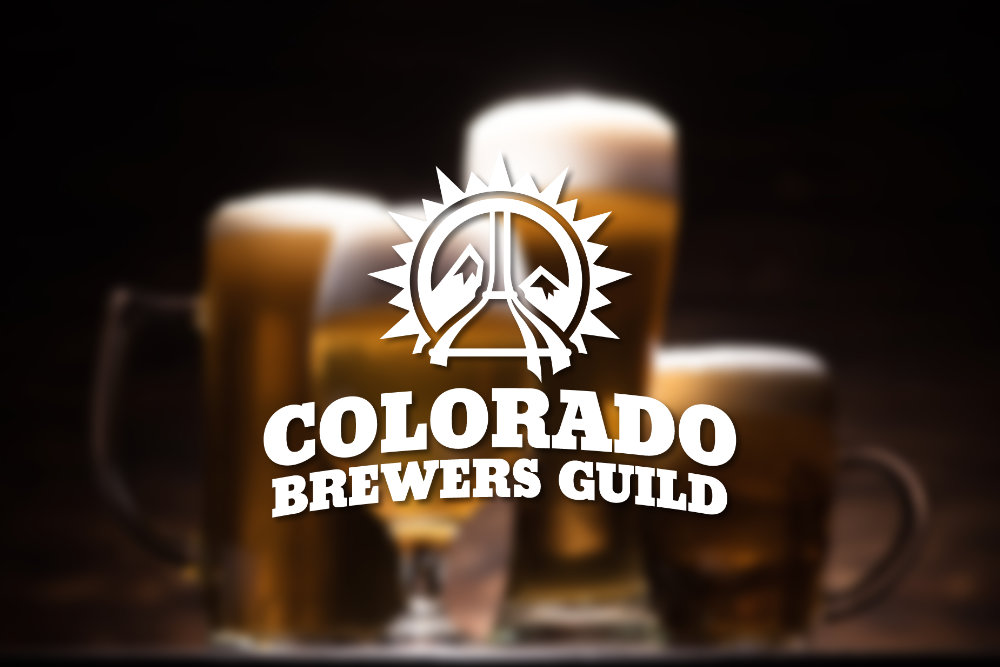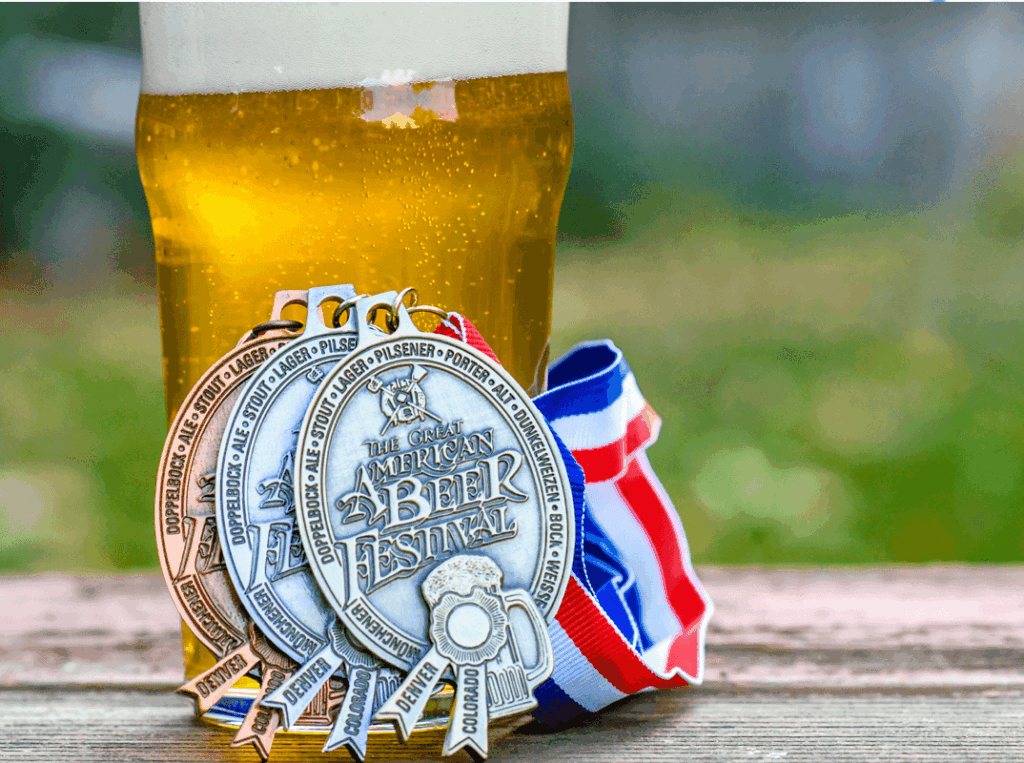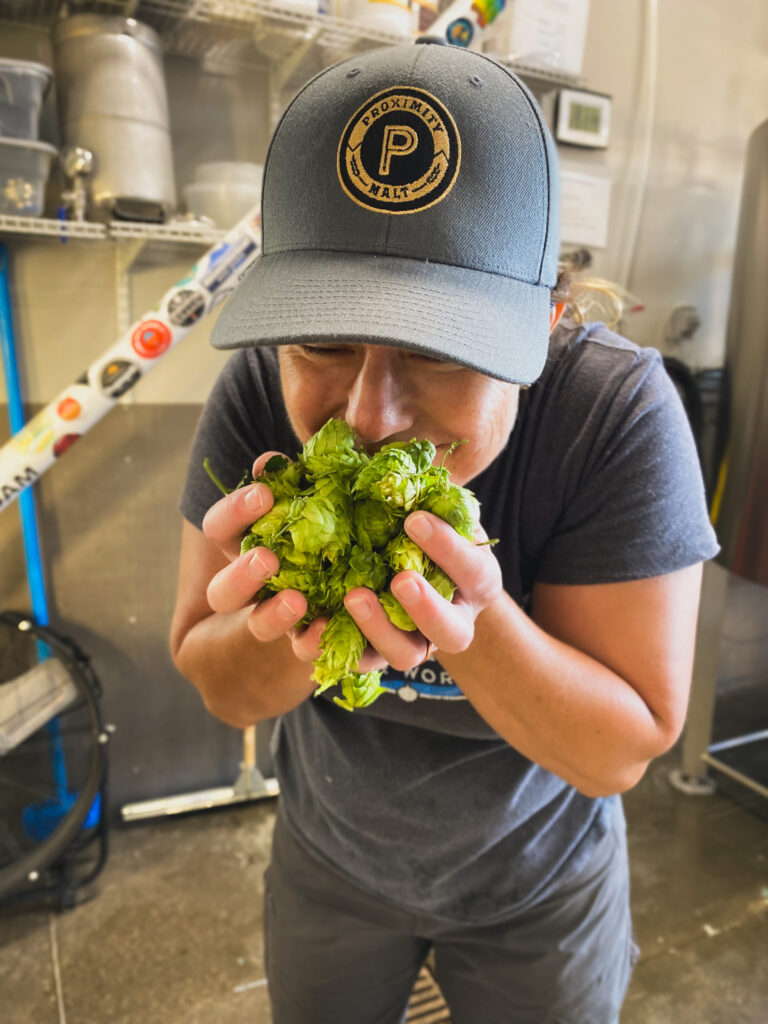Tom Hennessy – Owner/Found of Colorado Boy Brewery
An oyster is your retail environment. Why an oyster you ask? Because an oyster is its own private world protected by its shell from the outside. It is also a living thing, changing to suit the environment. Alive. The oyster in a retail setting is the environment you create for your customers. As though you were putting on a play, you want the stage to have a certain character to get the audience into the mood.
Every business has an oyster, especially a brewpub. Some by virtue of their environment and architecture, some out of ignorance of the owners, and some deliberate. Take for example a pub in a small town in Scotland. Dark and warm with walls crowded with pictures. A fireplace with a small coal fire burning and a dog laying next to it for warmth. Furniture of dark wood, weathered with age but comfortable. Light filtered through whiskey bottles upside down on their racks above the bar. This oyster was created over time; with the help of geography and culture it is what it is. But it has a definitive character about it. You say how can they help it when they have so much going for it? I say you create your oyster. In Scotland you are just as likely to find a business with no art, white walls, fluorescent lights humming, chipped cheap furniture and employees that look no better.
In America you can go into a Pottery Barn store and find furniture displayed in settings right out of Architectural Digest. With just the right lighting, contemporary music, and props like old books, and art to give the feeling of what home could be like only if you had that type of furniture. In other words as soon as you walk into a Pottery Barn you walk into their world, which in effect is a fantasy world- a fantasy that you would like to be a part of.
On the other hand you could walk into a real estate office with gray carpet, white walls, fluorescent lights, no art on the walls, agents dressed any way they want, and no music, just a hushed sound of people typing or talking on the phone. Sounds familiar doesn’t it? What if you walked into a real estate office and it looked like Pottery Barn? Light wood floors with beautiful rugs. Light spreading warmth from tasteful lamps and overhead track lights spotting paintings and sculpture, great music playing in the background. Furniture that is comfortable and attractive. The staff wearing a tasteful shirt with the company’s logo embroidered on the pocket. You are about to shell out the most money you will ever spend in your life. Wouldn’t you feel better about it in this place than the cold office first described?
In a brewpub or brewery tasting room, the oyster is everything! You want to create an environment that reflects what you are trying to do with your pub. You can make it feel like the highlands of Scotland, or if sports are your passion and you are next to a stadium, make it feel like a gym locker room. There is no limit to the types of oyster you could create. Where to get started?
There are five parts that make up the oyster.
1.Lighting
2. Music
3. Temperature
4. Cleanliness
5. Stage Setting
Each one is very important and connected to the others. Also, each one constantly changes. To manage the oyster is not that difficult once you get the hang of it. Let’s look at each one separately.
LIGHTING
I can’t say enough about lighting. In so many businesses it is taken for granted, when with just a little imagination it can be a critical part of the way you present your brewery to customers.
There are no steadfast rules to lighting because there are so many types of businesses. Some businesses need lots of lighting that is just on full blast. Other businesses like restaurants and brewpubs need lighting that is more subtle and adjustable.
Take for example Safeway. It’s a good store but it has an institutional feel about it. Bright fluorescent lights do a good job of making it easy to see products but the problem with that type of lighting is that it is cold, gray, and tends to make the products on the shelves look not too appealing. In contrast look at a store like Whole Foods. They also use fluorescent lights but not solely, only as a fill in. The majority of the lights are pendants with adjustable light bulbs. The lights look like the old warehouse-type but they give off a warmer glow which not only makes the products look more appealing (like you would see them in your home) but also makes the people shopping look better. Remember fluorescent lights not only make the products gray, it doesn’t help the skin color either.
*Avoid sole use of fluorescents lights.
A brewpub doesn’t need fluorescent lights at all, except perhaps in the back kitchen, out of the public view. Here you would pick lights that match the type of brewpub you intend. You might just use track lighting, recessed lights, pendant lights, or a combination of all three. The important thing though would be to have the lights on a dimmer switch, which is an on/off switch that is adjustable. This way you can adjust the lights according to the outside natural light.
The general rule I find works best is that when the sun is at the brightest, you keep the lights on their highest to balance out the sun light. But, as the sun goes down, so do the lights, softening the effect. If the lights are not bright enough during the day to balance off the sun, then the space feels too dark. If the lights are too bright when the sun goes down, it makes the space feel too cold and empty. However, if the light is too dark inside when the sun goes down, then it is hard to see and feels a little claustrophobic. You can mark your dimmers for the day and night shifts, but remember there is the in between time when you need to adjust them in small increments. Also remember when adjusting your lights, do it slowly. Slow enough so the adjustment is imperceptible to the customer.
*Put lights on a dimmer switch.
Lighting can also be used as one of the main design elements in your space. One thing that is very effective is to scrimp on many things in your space but go all out on lighting. It will have the effect to your customers that you spent a lot.
Interesting light fixtures can say a lot about your brewery too. I was in a coffeehouse in Switzerland, and the pendants were made up of a Ball glass jar, with some sand in the bottom and a rubber yellow duck sitting on the sand. The bulb hung above it. I could tell they made it themselves and it made an impression on me, and nice light too.
Using lights as a design element can make the retail space more fun and creative. If you don’t see the type of lights you want, you can always invent your own using your imagination and what ever materials you can scrounge up.
*Be creative in choosing light fixtures.
MUSIC
Music is one of my favorite subjects along the oyster theme. It can add so much to the brewpub environment without costing very much. Everyone is used to music in shopping malls, restaurants and elevators. But the vast majority of businesses do not use this proven tool. I don’t know why other than it doesn’t fit in with their business, or the business owner just doesn’t think about it. In a brewery it is a must!
There are two key factors that have to do with having music in your business.
Type of music
Volume of music
The type of music depends on many factors. One factor is the type of brewery you have. If it has a lounge feel you might choose some hip modern lounge music. If your customers are urban professionals might want throw-back 80’s. If you were next to a university who knows what type of music you would choose. It also depends on your clientele. For instance, your brewery might have a business clientele for lunch and a college crowd for dinner. You definitely wouldn’t want one type of music for both of these groups. It is best to understand all of your customers and be able to customize your music selection in order to reach them. But even here there are more variables you may have a customer base that is in their late 30’s or early 40’s. It might be interesting to play music that is a little more independent, to appeal the rebel that is rearing its ugly head in all mid lifers. What about the opposite? How about Frank Sinatra and Tony Bennett for a college hang out? Who’s to say it wouldn’t work? The idea is to have fun with your music selection to see how it affects the customers. Play around with it.
As for the volume you play this depends on the sound level of your brewery. If it is early and there are only a few customers, you might want the music a little higher, which would help fill in the silent gaps, making the bar not feel so vacant. However, if the pub was jamming you might not want to have any music at all, or at least not as loud. When there is too much activity the extra music just makes the whole scene feel out of control. Still, you rarely can set the volume level and just leave it. Depending on how the music is mixed some songs just seem louder than others. Or there may be an intense guitar or horn solo. Things that just don’t fit into the current flow of the business. Experiment with the volume. Turn the volume all the way down and watch your customers. You can actually feel the discomfort level. People start speaking more quietly so they can’t be overheard. By playing with the volume control you will find the right level for your brewery.
TEMPERTATURE
Correct temperature equals comfort. It’s that simple. The temperature inside your brewery fluctuates according to the outside temperature, and how many people are in the seating area. It also has a psychological impact on your customers. For example, if it is snowing outside, instead of a comfortable 70 degrees, you boost it to 73, the customer comes in from the snow to a blast of warm air, welcoming him or her into the comfort of your pub. Or, if it is sweltering outside and you have a good air conditioner, the customer gets that blast of cool air and you can almost see the customer relax.
In business we sometimes tend to forget about the temperature of our establishments unless the heating or cooling unit is broken. We also are not good indicators of the temperature because we are usually running around doing things which makes us feel a little warmer than a customer just coming in the door. One good thing we can do though is to watch our customers’ body language. If a customer feels cold in your pub usually you can tell by the way they cross their arms or put their hands in their pockets. If it is too hot you can see the perspiration on the customers fore head. Body language is always a great indicator of temperature.
Now if you are ever in Phoenix in the summer and go out to eat or a movie, notice how many customers show up with a sweater, in summer, in Phoenix. Why? Because it’s frickin freezing because the air conditioner is cranked. And why is it cranked? Because the employees are hot running around. Watch you customers body language! It is your ticket to clue island.
CLEANLINESS
So why is cleanliness so important, I mean aside from the obvious? When a customer walks into your brewery and everything is clean and neat, there is a sense of order about the place. Think of how you feel in your own home. If there are dirty dishes in the sink, the trashcan in the bathroom is overflowing, the bed not made and clothes on the floor, you feel a little out of control. It’s upsetting. Then you take the time to do the dishes, empty the garbage, make the bed, hang up the clothes, heck, even vacuum and do laundry. Now you feel like you’re really on top of it. This is a good feeling you can’t deny it. You make vows to always be this way.
Walk into a small retail shop and the service counter is cluttered with paperwork, the counter-persons lunch, and old coffee stains. It’s not a pleasant feeling. However, the same store that has a clean counter looks like it’s ready for business, instead of trying to “catch up”. It just puts you at ease. The following are some areas of particular importance for your brewery.
The Parking Lot. Get rid of cigarette butts, and general trash. Pull weeds and if you can, plant flowers. This is the first area your customer see’s and it will say a lot about your pub. It’s not a big deal to keep it clean. Remember, you can just add it to a checklist.
The Front Door Area. This includes clean glass, door surfaces, and the floor on the outside and inside of the door. Especially keep the handles to the door clean. You don’t know what sticky substance was on the little kids’ hands when they used it last.
The Restrooms. This is a biggie. Clean restrooms say a lot about the business’s organizational ability. It always gripes me to see large national chains have these really polished retail areas and trashed bathrooms. Once a restroom is really clean it only takes a couple of minutes a day to keep it that way. And then add a few small touches like flowers, or a side table where a person can place a bag while using the restroom and you’ve made a lot of customers very (albeit subconsciously) happy.
Floors and Walls. Put these on a regular maintenance schedule. Floors if they are the high polished kind need to stay that way. Carpets need to be cleaned on a regular basis to avoid dark paths. Tile floors collect dirt in the grout seems. Walls suffer from stains and chips taken out while moving things around. Touch up the paint often and repaint when needed.
Light Fixtures. These babies are natural collectors of dust and spider webs. Look up when doing your audits to see these. It should be on a checklist to dust them at least once a week depending on the kind of brewpub you have.
Merchandise Displays. They should be spotless. After all they are displays – get it? You don’t want to display filth! This means not only having the glass clean, but also everything neat and organized.
Cleanliness of your brewery is a direct result of successful implementation of your checklist and audit systems. What you are giving your customers is sense and order in a crazy world that they must deal with once they leave your place. Don’t give them more of the same.
STAGE SETTING
So, what the heck is your brewery all about anyway? Stage setting is the touchy-feely part of the oyster. It’s what you are trying to tell your customer about you. A small example would be our personal stage settings; our homes, our clothes, and the cars we drive. They all are picked out because it portrays to the rest of the world what we believe we are. I drive a sports car because I want people to think I’m exciting. Or the latest fashions so I will look cool. It’s the same in our brewery.
If I met you in an elevator and you told me you had a brewery, I would probably say “oh, what kind?” You should be able to answer in two or three sentences. Your elevator speech. If you said it was a flying themed brewery in an old hanger, I would get a good picture of what it was. My cousin has a brewery called McClellans, which is a Scottish style brewery serving cask ale. Enough said.
Once you know, then you use the tools previously mentioned to achieve it with the addition of props. Props can be anything. Eddie Bauer uses canoes. McDonalds uses a playground. If I had a pet shop I’d use a lot of big fake plants and an old jeep in the middle of the store with headlights that worked and a humidifier hooked up to the exhaust. If I did a flying themed brewery you know the bar would have an airplane wing for the bar top, and ceiling fans made out of propellers.
Once you know what your brewery is about, then your imagination can really take off. The oyster is about what your brewery says to the customer. Just being aware that you need an oyster puts you ahead of most competition. Give it a try. Just for the fun of it. Doesn’t cost anything.








